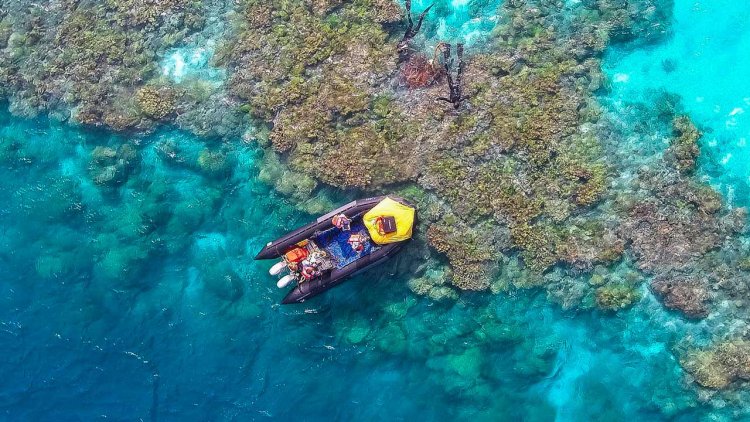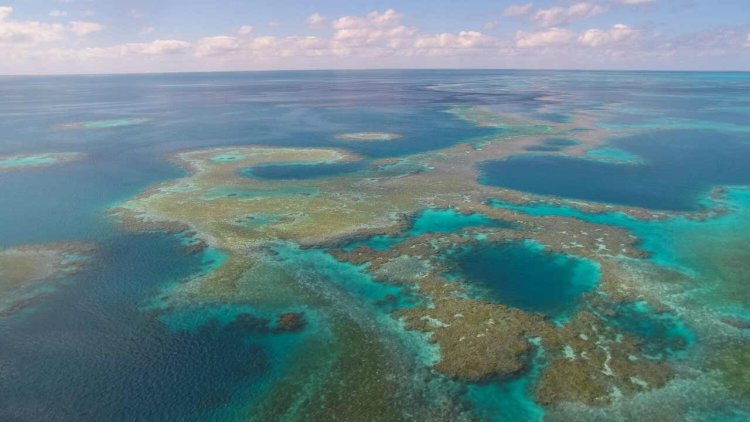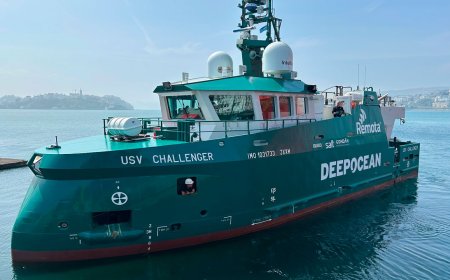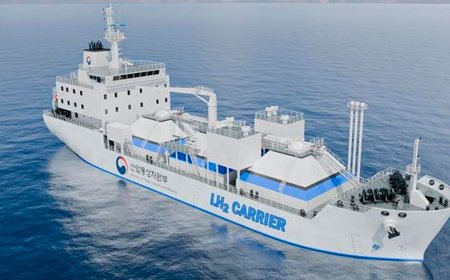NOAA considers marine sanctuary off Hawaiian Islands
NOAA has announced it is initiating the process to consider designating the marine portions of Papahānaumokuākea Marine National Monument as a national marine sanctuary.

This designation would build on existing management in the marine portions of the monument by adding the conservation benefits and enhanced long-term protection of a national marine sanctuary.
The United States Senate Committee on Appropriations, Subcommittee on Commerce, Justice, Science, and Related Agencies Report for Fiscal Year 2021 directed NOAA to initiate the process to designate the Papahānaumokuākea Marine National Monument as a national marine sanctuary to supplement and complement, rather than supplant, existing authorities. Stakeholders and partners, including the Northwestern Hawaiian Islands Coral Reef Ecosystem Reserve Advisory Council and the State of Hawai’i, supportoffsite link the current sanctuary designation process.
Since the designation of the site as the Northwestern Hawaiian Islands Coral Reef Ecosystem Reserve by President Clinton in 2000, the designation as a marine national monument by President Bush in 2006, and the expansion of the monument by President Obama in 2016, NOAA's Office of National Marine Sanctuaries has been a key partner and co-managing agency in the management of Papahānaumokuākea. NOAA, the U.S. Fish and Wildlife Service, State of Hawaiʻi and the Office of Hawaiian Affairs co-manage the monument, and that hallmark co-management structure will continue. This initiative is being conducted in cooperation with the co-trustees.
Rick Spinrad, Ph.D., NOAA Administrator, said:
“Papahānaumokuākea’s ecosystems are increasingly under pressure from threats such as marine debris, invasive species, and climate change. Designation of the monument’s waters as a national marine sanctuary would complement the efforts of the four co-trustees to safeguard the monument’s natural, cultural, and historic values.”

Papahānaumokuākea Marine National Monument is the largest contiguous fully-protected conservation area under the U.S. flag, encompassing an area of 582,578 square miles of the Pacific Ocean—an area larger than all the country's national parks combined. Home to the highly endangered Hawaiian monk seal, threatened green turtles, extensive coral reef habitat, and many species found nowhere else on earth, the complex and highly productive marine ecosystems of the monument are significant contributors to the biological diversity of the ocean.
Papahānaumokuākea is of great importance to Native Hawaiians. Throughout the expanse of the monument, there are many wahi pana (places of great cultural significance and practice) where Native Hawaiian cultural practitioners of today reconnect with their ancestors and gods. The monument is also home to a variety of post-Western-contact historic resources, such as those associated with the Battle of Midway and 19th century commercial whaling.
Many of the monument’s extensive education, outreach, and research accomplishments have been executed under the authority of the National Marine Sanctuaries Act. Sanctuary designation would enhance the benefits and expertise offered by the National Marine Sanctuary System and NOAA staff.
Designation would also allow NOAA to apply additional regulatory and non-regulatory tools to augment and strengthen existing protections for Papahānaumokuākea ecosystems, wildlife, and cultural and maritime heritage resources. The sanctuary designation would not include any terrestrial areas or change the monument designation.
NOAA is accepting public comment on the proposal through Jan. 31, 2022.

























































































































































